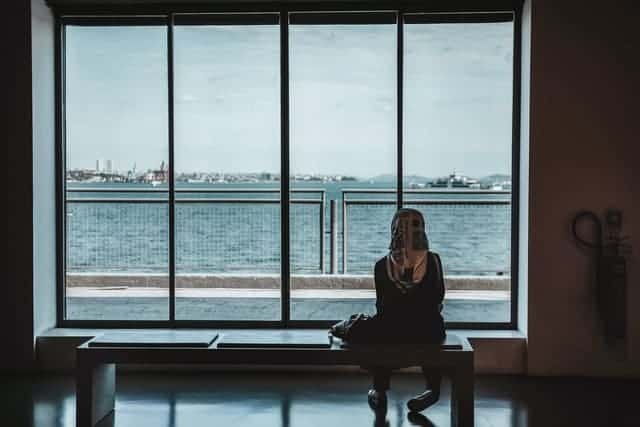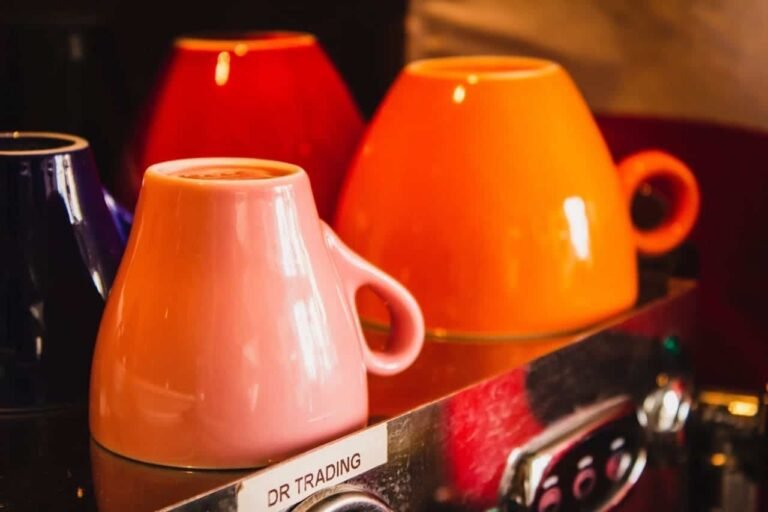Could our fixation with the visual in the digital world spell the end for creativity, imagination and craftsmanship?
In schools not so many moons ago, there were no computers… the television came out for special occasions like the opening of the Olympics…and iPads were something that you put on your face if you were unfortunate enough to be hit by a cricket ball during games.
Fast forward to 2020 and how things have changed. The world is awash with visual information from social media, to 24 hour television channels. It’s also the way that more and more of us try to learn, or ‘absorb’ information.
Limiting our senses
Where the visual is used for educational purposes, it can be really useful for enhancing learning and turning the written word into something more understandable. However, there is a drawback to this. Using visual material to learn or develop, be it written words or pictures, focusses on only one of our senses. Sight.
Add sound to the visual and the picture starts to become blurred. Look at any presentation where slides are used. Where people focus on the visual, rather than listening, that can inadvertently draw attention away from the point that the speaker is trying to get across vocally.
The impact of one dimension thinking
So, reliance on the visual as a learning aid may switch off our other senses. But it goes further than that. The more that we use visual information as our primary source of learning and information, (particularly via computer, where email, news etc. can distract our attention from learning), the more we can unknowingly start to become more ‘spoon-fed’. And with that, our ability to challenge the accuracy or validity of information decreases, because we take for granted that what we see is correct.
Another drawback to learning by mainly visual means is that we begin to see in one dimension only. We may struggle to apply the information that we have read on screen in a practical work scenario, because there isn’t an ‘exact fit’ to the scenario in question. To really learn and develop in a way that we can be imaginative and creative at work, we can’t focus purely on the visual. We have to also be aware of other dimensions. And we have to be aware of the invisible.
Being at ease
Being able to learn at school requires a pupil to feel at complete ease, to ask and answer any question without fear of feeling stupid and to be able to make mistakes and learn from them, with the empathetic support of appropriate human guidance.
Learning or obtaining information from a computer may make a person feel at ease knowing that they don’t need to worry about feeling stupid, because the computer isn’t going to give them a hard time if they don’t understand what they have read! However, it doesn’t allow a person to really explore their uncertainties or knowledge gaps in a safe environment. More worryingly, we may start to assume that information is ‘correct’ for the purposes we need it for. And by doing so, we lose the capacity to think for ourselves and to reason, apply or challenge the validity of that information.
The consequences of not thinking for ourselves
Losing that capacity in turn means that our creative and imaginative abilities may become surpressed. To really learn, advance and be creative and imaginative at study or work requires us to look into what’s invisible too. How writers compile and put together their reasoned thoughts in the first place through study, reasoning and analysis. How other peoples fears, feelings and emotions affect their ability to learn, work and do business. All of these things remain invisible if we take the visual for granted without further thought or investigation. To really become proficient in a subject and open ourselves up to creativity and imagination requires us to examine both ourselves and to look into and understand the worlds of others. One dimensional visual learning can never achieve that.
Craftmanship and creativity go hand in hand
Progressing and advancing as a society requires us not only to acquire knowledge, but also to know how to put knowledge together, how to apply it in context, how to question it and how to pass that skill on to future generations in a way that retains the human capacity to be creative and imaginative…and take pride in what we do so that we can strive to be real masters of our crafts.








